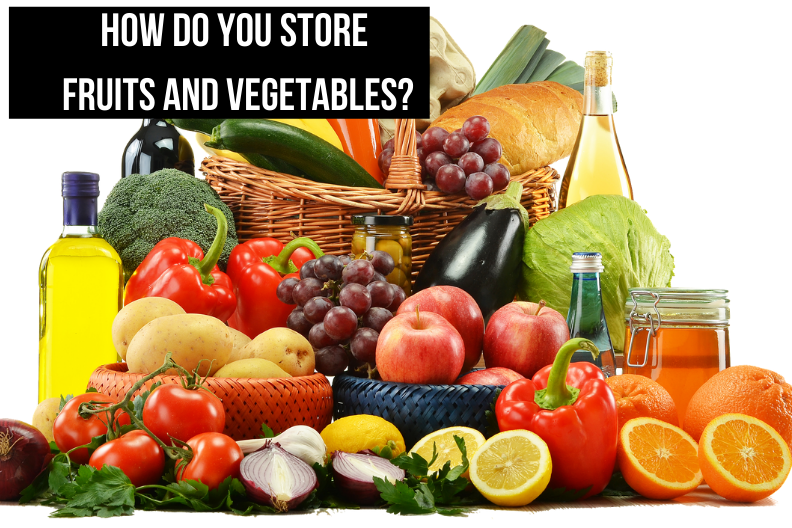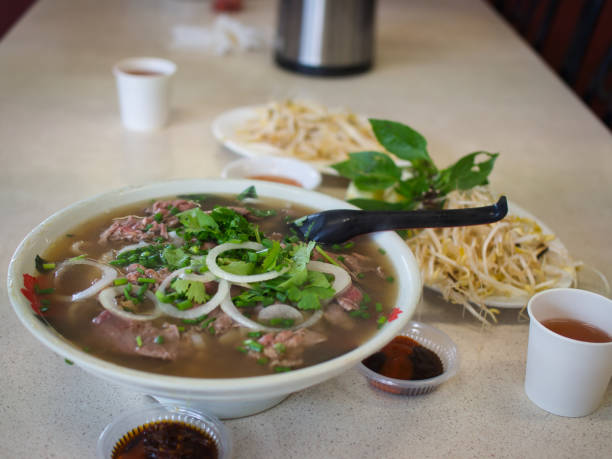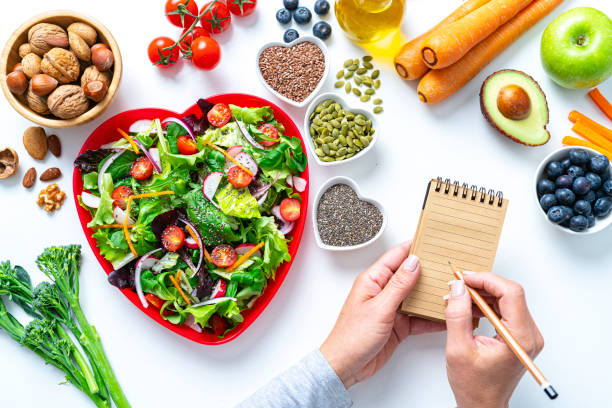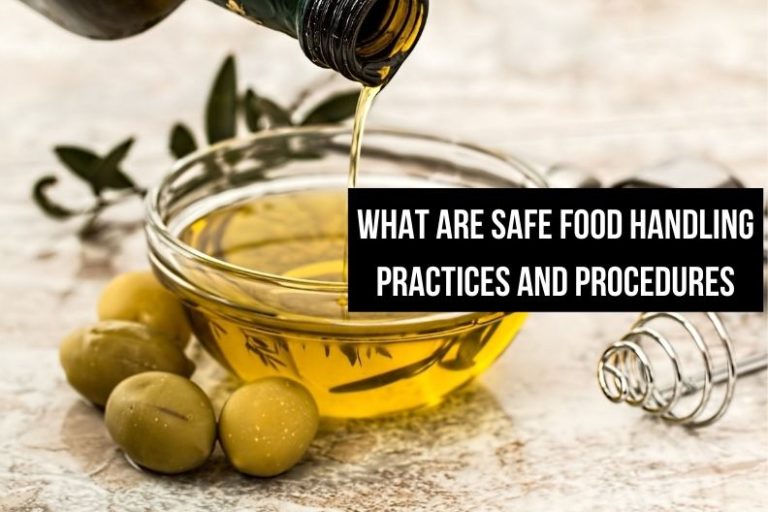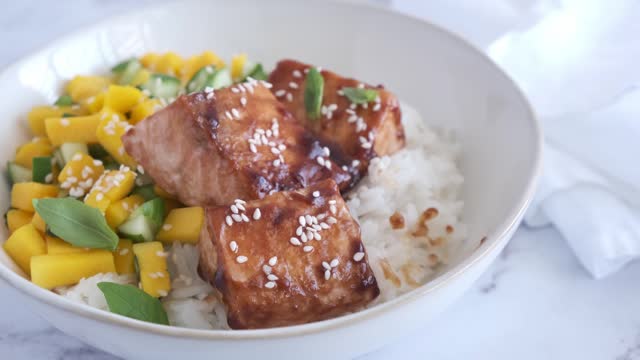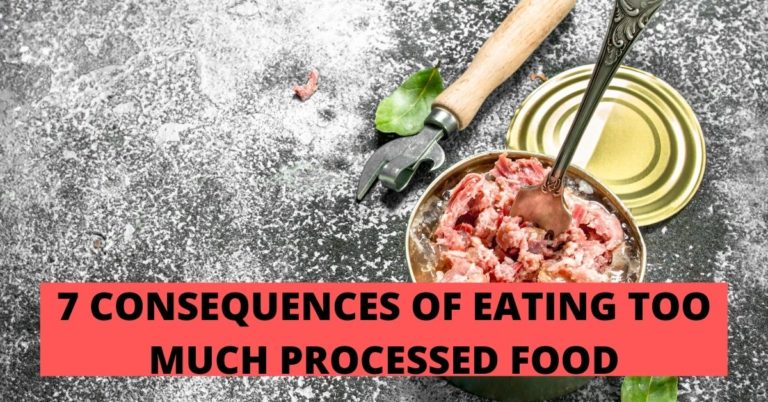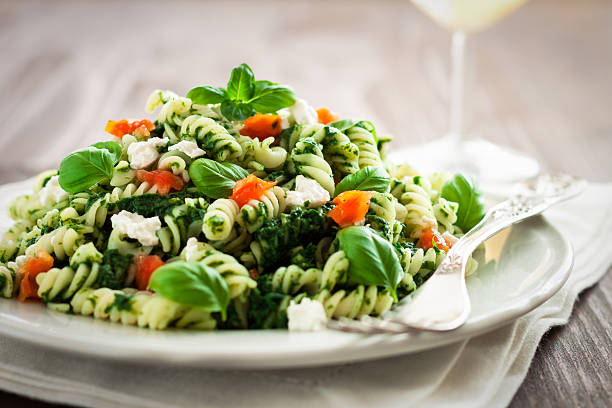How Do You Store Fruits and Vegetables?
This post contains affiliate links. This means I will make a commission at no extra cost to you should you click through and make a purchase. Read the full disclosure here.
The following guidelines will help you to use fruits fruits and vegetables economically
Most produce has been exposed to insecticides, sprays, sand, dirt, insects, and microorganisms. For this reason, you should be careful about washing, storing, and using fresh fruits and vegetables.
Sort all Fruits and Vegetables
Wash fruits and vegetables thoroughly and dry them before storing them. Fill the sink two-thirds full of water. Change water as often as necessary so that all foods are washed in clean water. Scrub root vegetables – celery, asparagus, and the like – with a brush. Wash green leaves a few at a time. Drain them in a colander or wire basket made for the purpose. Shake off the surplus moisture
Wrap fresh produce in clean towels or paper towels. Store it in the crisper drawer of the refrigerator. For best storage, the crisper drawer should be only two-thirds full. Fresh produce that is packaged in plastic may be stored on refrigerator shelves.
Store foods with a strong odor, such as onions, cantaloupes, or pineapple, in tightly closed plastic bags, so that the odor will not affect other foods. Moisture, flavor, and freshness are retained better if each kind is separately packaged or wrapped.
Use the ripest, most perishable fruits and vegetables first. Store them in the front part of the refrigerator. Fresh green leaves are more likely to spoil than carrots. Corn will spoil sooner than potatoes. Green onions are likely to spoil sooner than yellow ones. Late – crop potatoes keep better than new and early ones.
How to Store Canned and Dried Foods
Plan to have a variety of dried and canned fruits and vegetables on hand. A reserve helps you prepare a meal quickly and inexpensively for family or guests.
Store canned and dried foods in cool, dry, dark areas below 20 degrees celsius (65 F) and above freeing. Be aware that dried fruits may spoil in hot humid weather if moisture is allowed to get through to them. Canned foods are not subject to this problem. However, over a period of time, canned foods will gradually lose their vitamin content. Cool temperatures delay this loss. Higher temperatures accelerate it.
Canned foods are sterilized, cooked, and ready to eat. But you may wish to add a little seasoning to some vegetables. Just before serving, heat them below the boiling point. Don’t cook them more than this or they will lose texture and vitamins.
Cans have been exposed to contamination in the air. Therefore, before a can is opened, it should be washed, then dried with a paper towel. Cans and the unused food in them can then be safely stored in the refrigerator. (Citrus and acid foods are an important exception. They do not keep well in opened cans.)
In spite of the loss of some nutrients during processing, canned foods may offer good value. Thus, per cup, canned orange juice contains 100 milligrams of vitamin C; frozen juice, 120; and fresh juice 124 milligrams. The relative cost is important to those with low incomes.
